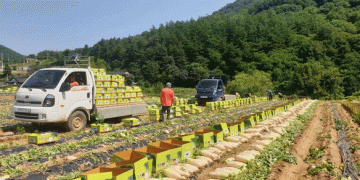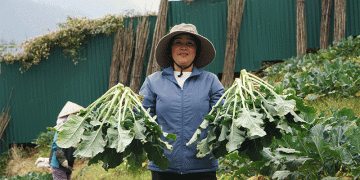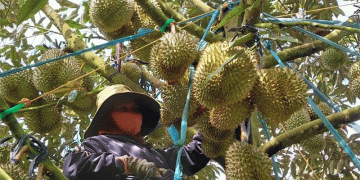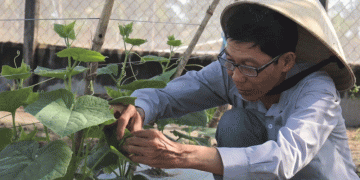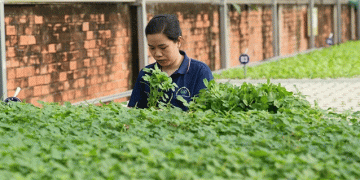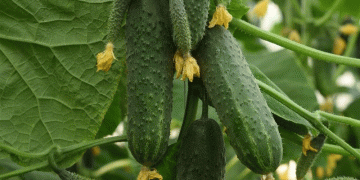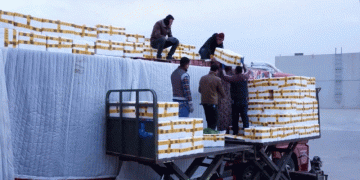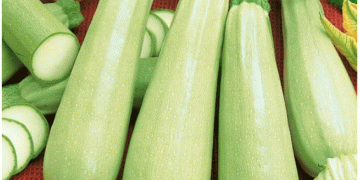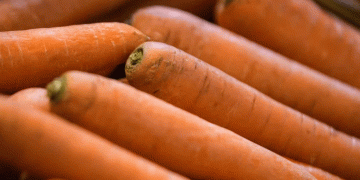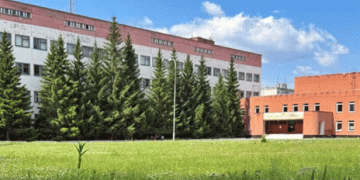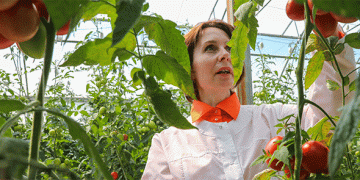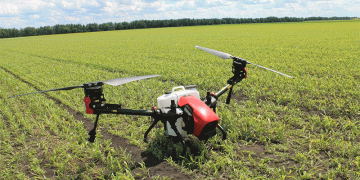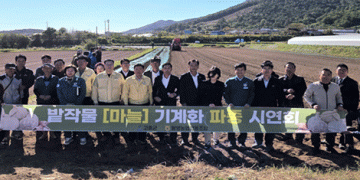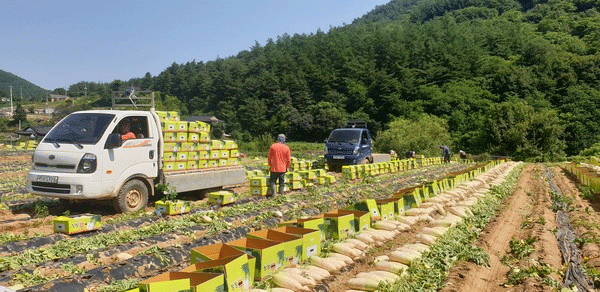As summer approaches, concerns over fluctuating cabbage and radish prices have prompted the Korean government and aT to expand their Vegetable Price Stabilization Support Project. Originally planned for 10,000 tons of cabbage, the program has been increased by 7,000 tons due to anticipated production shortages, bringing the total to 17,000 tons of cabbage and 30,000 tons of radish for the summer season.
How the Program Works
The initiative is a public-private partnership designed to stabilize supply and demand through:
- Price differential subsidies to compensate farmers when market prices fall below a set threshold.
- Market isolation (출하지시재배면적조절출하정지): Temporarily halting shipments to prevent oversupply.
- Storage directives: Encouraging controlled release of stored produce to balance market availability.
Eligible participants include agricultural distribution corporations with a minimum 5,000-ton shipment record over the past three years. Selected entities must fulfill at least 70% of their agreed shipment volume, or face subsidy reductions or future participation restrictions.
Why This Matters
Cabbage and radish are staple ingredients in Korean cuisine, making their price stability crucial for both farmers’ livelihoods and consumer affordability. With extreme weather events increasingly disrupting harvests, proactive measures like this help mitigate sudden price surges.
Moon In-cheol, aT’s Supply-Demand Management Director, emphasized:
“We are working closely with producers and distributors to create a stable supply environment that benefits both farmers and consumers.”
Broader 2024 Plan
This summer’s effort is part of a larger annual program covering 147,000 tons—117,000 tons of cabbage and 30,000 tons of radish—highlighting the government’s commitment to long-term agricultural stability.
South Korea’s price stabilization program demonstrates how strategic supply-demand interventions can shield farmers from market shocks while ensuring affordable prices for consumers. As climate variability intensifies, such preemptive policies will become even more critical in global agriculture.
